Cutaneous Lupus Erythematosus (CLE): Multifaceted Treatment Approach- Market Insights, Clinical Trials, Product Analysis, Patent Analysis, Competitive Analysis and Market Forecast – 2023-2033
Cutaneous Lupus Erythematosus (CLE) represents a distinct facet of autoimmune diseases, specifically targeting the skin. While systemic lupus affects internal organs, CLE manifests predominantly in the skin, accounting for 10% of lupus cases. Intriguingly, 65% of individuals with systemic lupus eventually develop cutaneous lupus manifestations.
Predominantly affecting women, with around 90% of cases reported in women aged 15 to 44, CLE is not exclusive to any gender or age group. However, its onset in children typically occurs around the age of 12. Genetic predisposition plays a role, with a higher risk for those with relatives affected by lupus or other autoimmune disorders. Notably, women of color, including Black, Hispanic, or Asian descent, exhibit a two to three times higher likelihood of developing lupus.
Varieties of Cutaneous Lupus
Symptoms and Causes
Symptoms of cutaneous lupus encompass red, scaly skin areas, coin-shaped rashes, and the distinctive butterfly rash. Management of cutaneous lupus involves a multifaceted approach, combining lifestyle adjustments and medication.
Research suggests that medications prove beneficial for approximately 60% of individuals with cutaneous lupus. Treatment specifics vary based on the type of lupus, ranging from steroid ointments to antimalarial drugs, each tailored to alleviate inflammation, pain, and swelling associated with cutaneous lupus.

Credits: https://www.osmosis.org/learn/Systemic_lupus_erythematosus_%28SLE%29%3A_Nursing
To grasp the dynamic landscape of Cutaneous Lupus Erythematosus (CLE) research, it’s crucial to explore the current scientific inquiries and emerging treatment strategies. This insight serves as a vital guide for informed decisions in CLE therapy, ensuring effective integration within the evolving healthcare landscape.
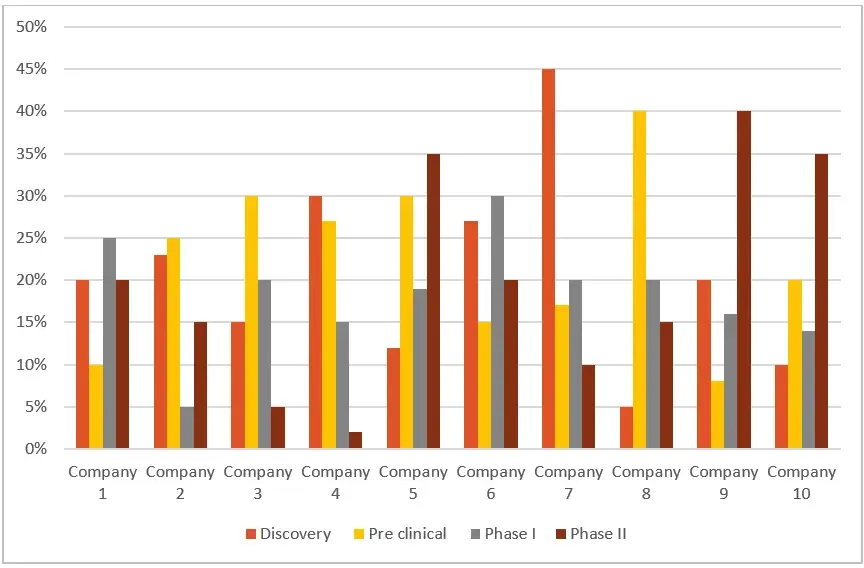
In Cutaneous Lupus Erythematosus (CLE) research and market analysis, company profiling is crucial. This entails a thorough examination of firms in the CLE sector, offering insights into their history, product portfolio, financial stability, competitive strategies, and recent achievements. This information is valuable for evaluating the competitive landscape, identifying collaboration opportunities, and fostering progress and innovation in the field.
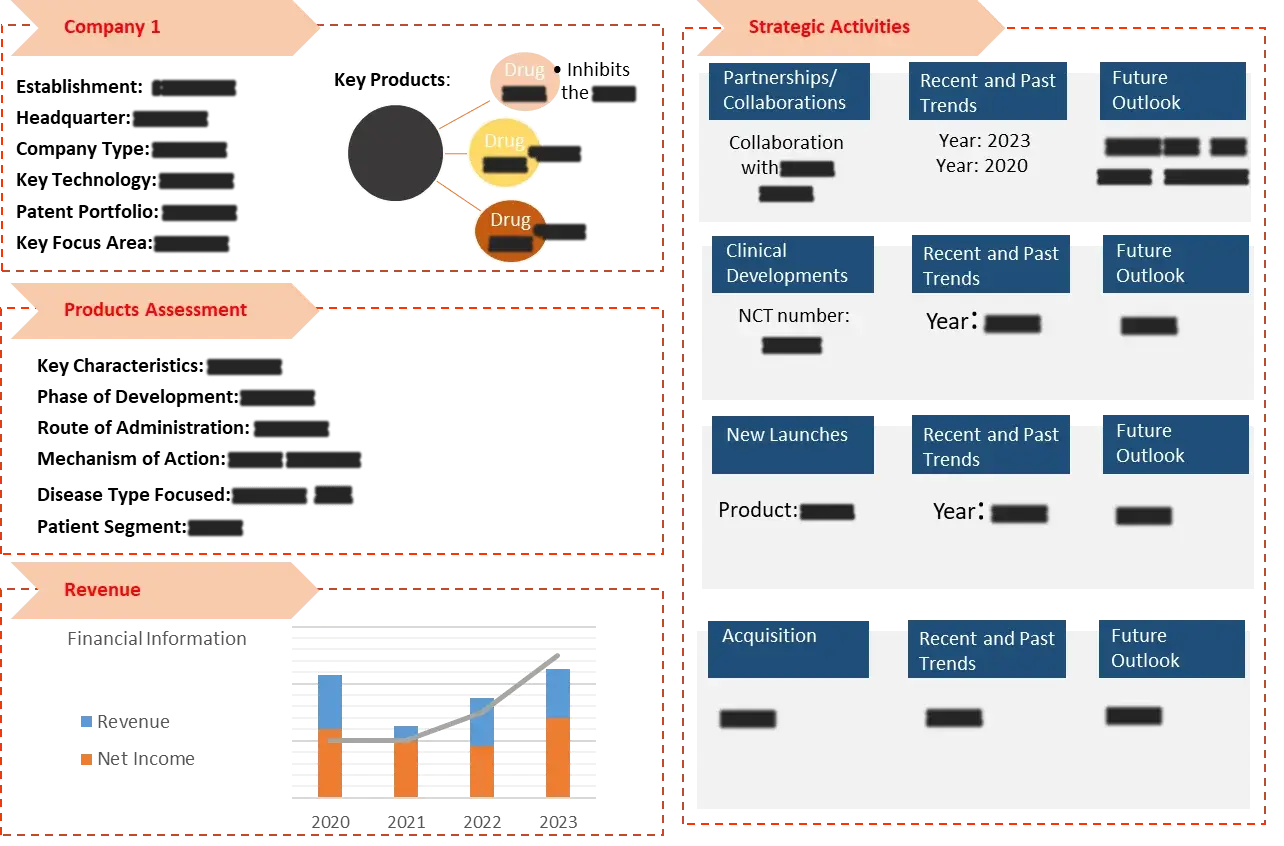
In this report, we will conduct a detailed patent analysis to assess the intellectual property landscape in the Cutaneous Lupus Erythematosus (CLE) domain. The analysis aims to reveal significant patents, influential inventors, and emerging technological trends specific to CLE. It also offers organizations insights into innovation, competition, and potential opportunities for product improvement or collaboration in the CLE field.
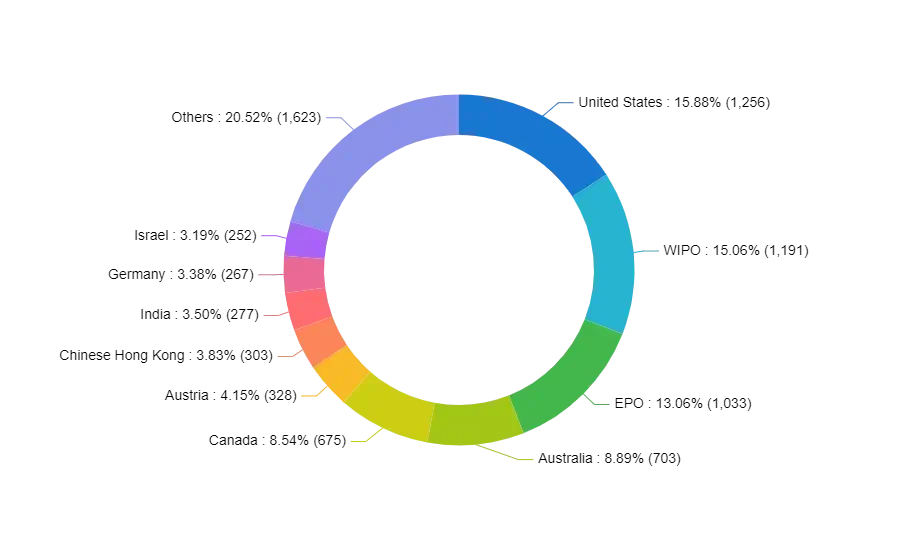
Figure 2 Geographic coverage of where patent applications have been filed.
The clinical trial analysis section within a market research report offers a thorough evaluation of clinical trials related to Cutaneous Lupus Erythematosus (CLE). This includes a detailed breakdown of trial categories, study structures, research methodologies, and participant characteristics. The primary goal is to assess the effectiveness, safety, and outcomes of pharmaceuticals and medical interventions in the context of CLE.

Figure 3 Distribution by Key Geographical Areas
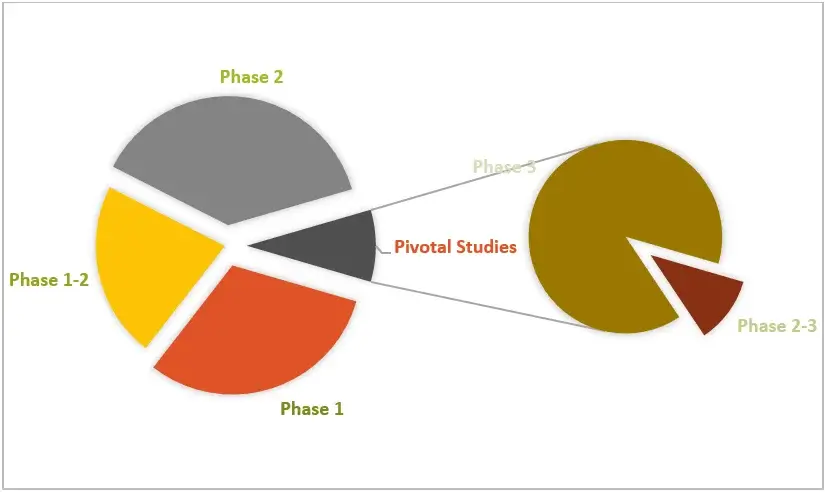
Figure 4 Distribution of Clinical Trials by Phase of Development
In a market research report focusing on Cutaneous Lupus Erythematosus (CLE), the market forecast section delivers a comprehensive view of emerging trends, growth opportunities, and influential factors shaping supply and demand dynamics. This segment provides quantitative predictions, offering valuable insights into market size, revenue forecasts, and potential avenues for growth within the CLE domain.

Figure 5 Market Forecast
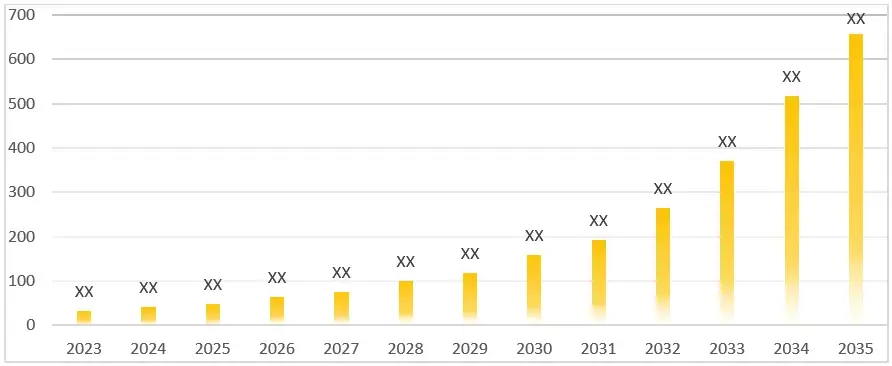
Figure 6 CLE: Market, 2023-2033 (USD Million)
(Segmented in terms of the financial growth)
In this market research report concentrating on Cutaneous Lupus Erythematosus (CLE), the competitive landscape section will offer a concise overview of major market players, detailing their market shares and providing brief profiles highlighting strengths, weaknesses, and strategic approaches within the CLE domain.
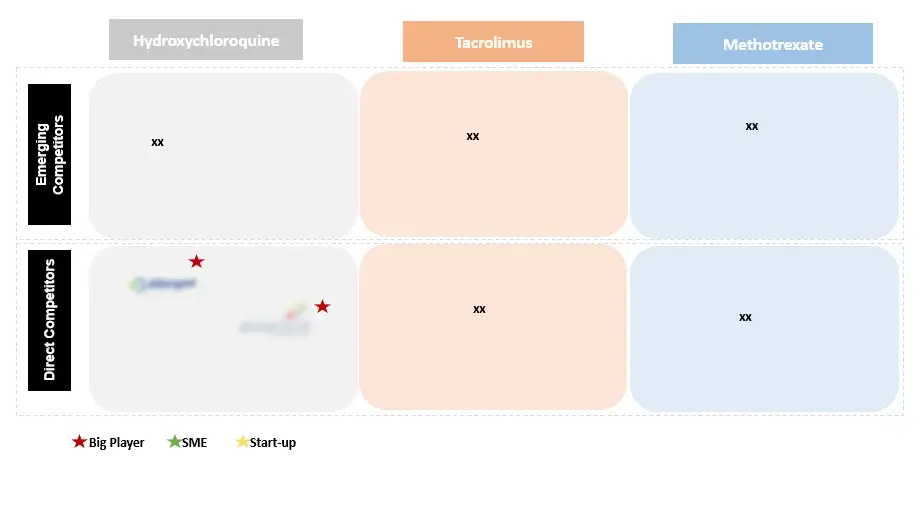
Figure 7 Navigating the Competitive part of Market landscaping
In order to give the most precise estimations and forecasts, Wissen Research uses an extensive and iterative research approach that is focused on reducing deviation. The company blends top-down and bottom-up methodologies for market segmentation and quantitative estimation. In addition, data triangulation, which examines the market from three separate angles, is a recurrent topic present in all of our research studies. Important components of the approach used for all of our studies include the following:
Preliminary data mining
On a wide scale, unprocessed market data is collected. Continuous data filtering makes sure that only verified and authenticated sources are taken into account. Additionally, data is extracted from a wide range of reports in our repository and from a number of reputable premium databases. We gather information from raw material suppliers, distributors, and purchasers to help with this since understanding the entire value chain is crucial for a thorough understanding of the market.
Surveys, technical symposia, and trade magazines are used to gather information on technical concerns and trends. Technical information focusing on white space and freedom of movement is also obtained from an intellectual property standpoint. Additionally, information on the industry’s drivers, constraints, and pricing patterns is obtained. As a result, a variety of original data are included in the material that is then cross-validated and certified with published sources.
Statistical model
We use simulation models to generate our market projections and estimates. Every study receives a special model that is tailored to it. Data for market dynamics, the technology environment, application development, and pricing patterns are gathered and supplied into the model all at once for analysis. The relative relevance of these factors is investigated, and their impact on the forecast period is assessed, using correlation, regression, and time series analysis. The process of market forecasting combines technological analysis with economic strategies, practical business acumen, and subject expertise.
Econometric models are frequently used for short-term forecasting, but technology market models are typically employed for long-term forecasting. These are based on a confluence of the business environment, regulatory environment, economic projection, and technical landscape. In order to develop global estimates, it is preferable to estimate markets from the bottom up by integrating data from key regional markets. This is required to ensure accuracy and a complete comprehension of the subject. Among the variables taken into account for forecasting are:
Regulations and anticipated developments
We give these criteria weights and use weighted average analysis to assess their market influence in order to calculate the anticipated market growth rate.
Primary research | Secondary research |
· Manufacturers · Technology distributors and wholesalers · End-user surveys · Consumer surveys | · Company reports and publications · Government publications · Independent investigations · Economic and demographic data · Online searches · Research reviews · Reference customers |
1.1 Overview of Cutaneous Lupus Erythematosus (CLE)
1.2 Key Findings
1.3 Market Insights and Recommendations
2.1 Research Background
2.2 Scope and Methodology
2.3 Report Structure
3.1 Definition and Classification of CLE
3.2 Symptoms, Diagnosis, and Clinical Presentation
3.3 Pathophysiology and Genetic Basis
3.4 Epidemiology and Prevalence
3.5 Causes and Risk Factors
3.6 Treatment
4.1 Market Size and Growth Trends, 2023-2033 (USD Million)
4.2 Market Segmentation (By Type, Treatment, Geography, etc.), 2023-2033 (USD Million)
4.3 Competitive Analysis of Key Players
4.4 Market Drivers and Challenges
5.1 Overview of CLE Patents
5.2 Top Assignees
5.3 Geography Focus of Top Assignees
5.4 Legal Status 5.5 Geography
5.6 Assignee Segmentation
5.7 Network Analysis of Top Collaborating Entities in CLE Treatments Patent Applications
5.8 Technology Evolution
5.9 Key Patents
5.10 Patent Trends and Innovations
5.11 Key Players and Patent Portfolio Analysis
6.1 Clinical Examination – Assessment of skin lesions, texture, and changes.
6.2 Biopsy – Tissue sample analysis to confirm CLE diagnosis and determine severity.
6.3 Antinuclear Antibody (ANA) Testing – Detection of autoimmune activity indicating CLE.
6.4 Imaging (Dermoscopy, MRI) – Visualizing skin and underlying structures for diagnostic purposes.
6.5 Blood Tests – Examination of blood markers associated with CLE.
7.1 Chapter Overview
7.2 Analysis by Trial Registration Year
7.3 Analysis by Phase of Development
7.4 Analysis by Number of Patients Enrolled
7.5 Analysis by Status of Trial
7.6 Analysis by Study Design
7.7 Analysis by Type of Product
7.8 Analysis by Geography
7.9 Analysis by Key Sponsors / Collaborators
8.1 Corticosteroids: Address inflammation and symptoms in localized CLE. – Antimalarial Drugs: Hydroxychloroquine controls immune response and aids skin lesions. – Calcineurin Inhibitors: Tacrolimus and Pimecrolimus suppress immune activity in CLE.
8.2 Supportive Care – Lifestyle modifications, including sun protection and avoidance. – Regular follow-ups to monitor skin health.
8.3 Emerging Treatment Approaches – Ongoing research explores new topical and systemic agents for CLE.
8.4 Product Analysis of Treatment Options – Evaluation of efficacy, safety, and patient outcomes associated with specific medications.
9.1 North America
9.1.1 Total Market Size of CLE in North America (2023-2033)
9.1.2 Market Size of CLE by Therapies in North America (2023-2033)
9.2 Europe
9.2.1 Total Market Size of CLE in Europe (2023-2033)
9.2.2 Market Size of CLE by Therapies in Europe (2023-2033)
9.3 Asia-Pacific
9.3.1 Total Market Size of CLE in Asia-Pacific (2023-2033)
9.3.2 Market Size of CLE by Therapies in Asia-Pacific (2023-2033)
9.4 Latin America
9.4.1 Total Market Size of CLE in Latin America (2023-2033)
9.4.2 Market Size of CLE by Therapies in Latin America (2023-2033)
9.5 Middle East and Africa
9.5.1 Total Market Size of CLE in Middle East and Africa (2023-2033)
9.5.2 Market Size of CLE by Therapies in Middle East and Africa (2023-2033)
10.1 Company Profiles
10.2 Product Portfolio Analysis
10.3 Recent Developments and Strategies
11.1 Advancements in Research and Technology
11.2 Unmet Needs and Potential Market Gaps
11.3 Market Forecast and Growth Opportunities
A. Glossary of Terms
B. List of Abbreviations
C. References
S.no | Key Highlights of Report | |
1. | Patent Analysis | · Top Assignee · Geography focus of top Assignees · Assignee Segmentation · Network analysis of the top collaborating entities in Cutaneous Lupus Erythematosus (CLE) therapy patent applications · Technology Evolution · Key Patents · Application and Issued Trend · Key technology |
2. | Market analysis | · Current Treatment Options · Emerging Therapies and Research Developments (by product analysis and scientific analysis) · Strategic activities · Therapeutic activity of drugs · Company portfolio · Detailed profiles of the key players that are engaged in the development of approved drugs · Strategic Activities |
3. | Clinical Trials | · Analysis of clinical trial through graphical representation · Coverage of treatments from pre-clinical phases till commercialization (also including terminated and completed studies) |
4. | Forecast | · Detailed comprehension of the historic, current and forecasted trend of market by analysis of impact of these treatments on the market |
5. | Opportunity Analysis | · Technology evolution based on problem solution · Potential licensees · Geography of suppliers · Treatment trends · Unmet needs · SWOT · Drivers and barriers |
6. | KOLs | · A detailed analysis and identification of the key opinion leaders (KOLs), shortlisted based on their contributions |
LIST OF FIGURES
Figure number | Description |
Figure 1 | Terminology of Cutaneous Lupus Erythematosus (CLE) Over The Years |
Figure 2 | Cutaneous Lupus Erythematosus (CLE) Treatment– History and Present |
Figure 3 | Projection of Cutaneous Lupus Erythematosus (CLE) till 2033 in different geographies |
Figure 4 | Technology Categorization Of Drug Delivery Methods For Cutaneous Lupus Erythematosus (CLE) |
Figure 5 | Recent Technology Trends in Cutaneous Lupus Erythematosus (CLE) |
Figure 6 | Technology Evolution in Drug Delivery Market of Cutaneous Lupus Erythematosus (CLE) |
Figure 7 | Geographical Distribution of Patents of Top Assignees |
Figure 8 | Assignee Segmentation (Companies) |
Figure 9 | Assignee Segmentation (Educational Establishment) |
Figure 10 | Patent Based Key Insights Of xx |
Figure 11 | Patent Based Key insights of xx |
Figure 12 | Patent Based Key insights of xx |
Figure 13 | Geographic Distribution of the Universities/Research Organizations Filling Patents On Various Drug Delivery Approaches |
Figure 14 | Key Summary Regarding the Patent Filing On Cutaneous Lupus Erythematosus (CLE) |
Figure 15 | Product Pipeline of Different Approaches with Companies Name |
Figure 16 | Portfolio for Approved Product |
Figure 17 | Clinical Trials Conducted till Date by Different Companies and Universities |
Figure 18 | Clinical Trials based Key Insights |
Figure 19 | Key Growth Drivers for Cutaneous Lupus Erythematosus (CLE) Market |
Figure 20 | Restraints for Cutaneous Lupus Erythematosus (CLE) Market |
Figure 21 | xx Portfolio (Top Player) |
Figure 22 | xx Portfolio (Top Player) |
Figure 23 | xx Portfolio (Top Player) |
Figure 24 | xx Portfolio (Top Player) |
Figure 25 | xx Portfolio (Top Player) |
Figure 26 | xx Portfolio (Start-up) |
Figure 27 | xx Portfolio (Start-up) |
Figure 28 | xx Portfolio (Start-up) |
Figure 29 | Strategic Activities Including Collaboration, Partnerships and Acquisitions |
Figure 30 | Research Methodology for Patent, Selection and Analysis |
Figure 31 | Research Methodology for Clinical Trials, Selection and Analysis |
LIST OF GRAPHS
Graph number |
Description |
Graph 1 | Number of people worldwide with Cutaneous Lupus Erythematosus (CLE) |
Graph 2 | Problem Solution Analysis |
Graph 3 | Top Assignees in Cutaneous Lupus Erythematosus (CLE) |
Graph 4 | Technology Focus of Top Assignees (IPC-CPC Classes) |
Graph 5 | Top Countries of Origin of Patents |
Graph 6 | New entrants in drug delivery field |
Graph 7 | Legal Status |
Graph 8 | Most Cited Patents |
Graph 9 | Patents with Largest Invention Families |
Graph 10 | Most Claim-Heavy Patents |
Graph 11 | Filing Trends |
Graph 12 | Clinical Trial Filing Timeline |
Graph 13 | Recruitment Status of the Clinical Trials Related to the Different Drug Delivery Approaches |
Graph 14 | Clinical Trials Phases with Respect to Specific Drug Delivery Approach |
Graph 15 | Weighted Scores for Top 5 Players According to Benchmarking Criteria |
Graph 16 | Cutaneous Lupus Erythematosus (CLE) (CAGR: 2023-2033) |
Graph 17 | Cutaneous Lupus Erythematosus (CLE) Market Share: Distribution by Key Geographical Area, 2023-2033 |
LIST OF TABLES
Table number | Description |
Table 1 | Parameters included and excluded for conducting the analysis |
Table 2 | Technology Classes with Definitions |
Table 3 | Patent Litigation |
Table 4 | Highest Market Valued Patents |
Table 5 | SWOT Analysis of Top 3 Players |
Table 6 | Parameters and their score for Benchmarking |
Table 7 | Weighted scores for top 5 players according to benchmarking criteria |
© Copyright 2024 – Wissen Research All Rights Reserved.